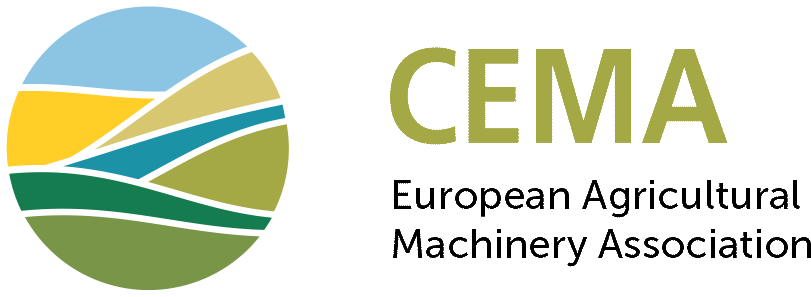***
The Commission released on 21 April 2021 its proposal for the revision of Machinery Directive 2006/42/EC. A consultation is open to submit feedback with deadline by 22 June 2021 (click here), to which CEMA will be contributing.
The answers will support the European Commission to provide additional base for the discussions within the Parliament and the Council. Therefore, the content of the current text is subject to be changed.
Why a new proposal on machinery legislation?
The European Commission found relevant to review certain aspects of the Machinery Directive to improve harmonisation rules at EU level. Here below you can find the main changes proposed:
Changing the status of the legal act on Machinery
The Machinery Directive will be changed to Machinery Regulation. In practice, the published text will not need to be transposed anymore into national law in each country of the European Union, which could have resulted in differences of the safety level between Member States: the status of Regulation guarantees higher harmonisation throughout EU.
Adopting the New Legislative Framework (called NLF)
The NLF sets the rules to place a product on the market, based on the conformity assessment of the product to existing health and safety requirements, and provides the framework for market surveillance.
For that purpose, the NLF describes the role of the economic operators (manufacturers, importers, distributors …), the principles for the accreditation of notified bodies, as well as their role and their duties, and the CE marking which needs to be present on a product.
There were already rules laid down in Machinery Directive 2006/42/EC for the conformity assessment, but the NLF is getting more into details. As it impacts all the Directives or Regulations applying conformity assessment procedures (Pressure Equipment Directive, for example), a generic template is used to draft the paragraphs related to conformity assessment.
Assessing the development of new technologies
One of the main pillars for the revision of the Machinery Directive has been to ensure that new technologies, when they impact safety of the operator or potentially domestic animals, are well taken into account. “New technologies” cover:
- Robots, especially mobile ones, referred as “autonomous mobile machinery”;
- Artificial Intelligence (AI) and machine learning (ML): the consideration of AI is limited in the Machinery Regulation to AI ensuring safety functions for a machine. In parallel, a new Regulation dealing with AI is under development, with the purpose to have it certified when it is considered as a “high-risk” AI. Both Regulations should be published at the same time as the Machinery Regulation will rely on the definition of AI given in the AI Regulation
- Internet of Things (IoT); in this case, the purpose is to cover cybersecurity aspects and to ensure that a potential corruption of the data will not generate a dangerous behaviour of the machine.
Some Member States used this opportunity to submit updates of the technical requirements for traditional machinery. Therefore, the annexes in the draft Machinery Regulation have been reorganised. In particular:
- the “legendary” Annex IV of the Machinery Directive, giving the list of machines considered as dangerous due to their use, has been moved into the first Annex of the Regulation. These machines will be called “high-risk” machinery to mirror the editing of the AI Regulation;
- technical requirements can now be found in Annex III.
CEMA is undergoing a thorough analysis of the proposal to ensure that it has a proportionate and adequate impact on our machinery. Nevertheless there are still two points which according to CEMA experts need to be monitored:
- Introduction of the notion “substantial modification”. This relates mainly to a modification affecting the compliance of the original machine with the technical requirements of the Machinery Regulation. In this situation, the modifier needs to proceed to a conformity assessment procedure, which will require the original manufacturer to provide potentially confidential documentation.
- High-risk machinery: Annex I of the Regulation, providing the list of high-risk machinery, is likely to be updated based on new criteria. Besides, the conformity assessment process for these machinery will consist in a validation by a third party. The current Machinery Directive was allowing, under specific conditions, self-compliance.
The Commission proposal will now move through the standard European legislative process, with co-legislators reviewing the text and multiple stakeholders continuing to share their views.







